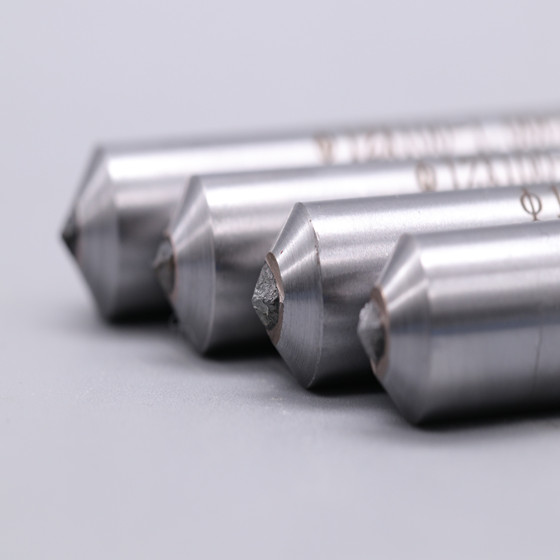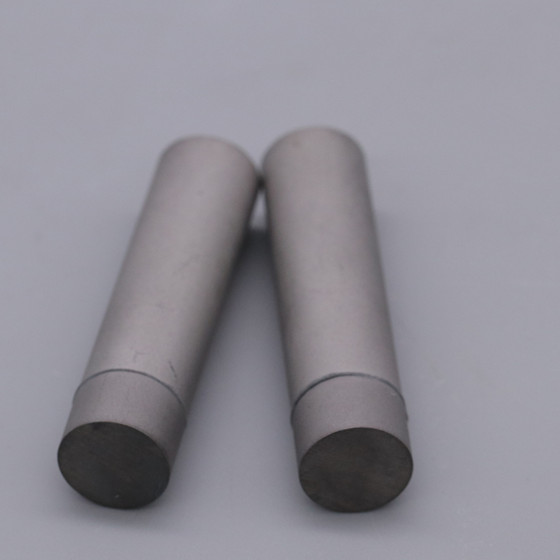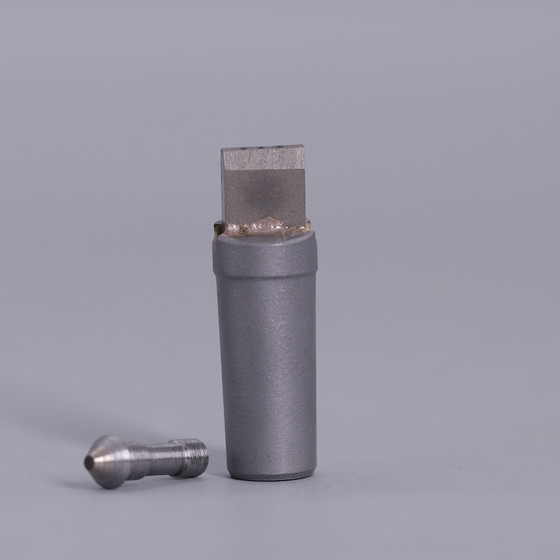Synthetic diamond dressing tool for grinding wheel
In the process of grinding wheel dressing, using synthetic diamond dressing tools is often the best alternative to natural diamond dressing tools. The reason is that the use of synthetic diamond dressing tools can ensure the grinding wheel dressing process to obtain stable and consistent dressing quality.

Synthetic diamond tools are a more stable quality product because the structure can be controlled more precisely through the manufacturing process and the quality can be predicted in advance. Synthetic diamond tools are currently available on the market in a variety of precision tolerance sizes that are uniformly rectangular in length, exceeding that of the longest extended natural diamond. All dressing tool diamonds, whether natural or synthetic, have a progressively wider wear surface over time. For natural diamonds, problems begin to arise as the size of the wear surface expands, and eventually the wear surface becomes too large to play the role of grinding and dressing the grinding wheel. The result is that the dressing tool can’t reconstruct the grain structure of the grinding wheel, but causes the grain structure to close, making the grinding wheel blunt. The synthetic diamond has a very uniform structure, therefore, their wear surface will not expand to the extent that this happens.
The fact that synthetic diamonds don’t get blunt means they never need to be polished the way natural diamonds are. Similarly, longer synthetic diamonds have a longer service life than shorter natural diamonds. For these reasons, the use of synthetic diamond dressing tools can avoid the two major obstacles encountered in the downtime of the machine: the interruption of work during tool indexing or the replacement of the entire tool.


